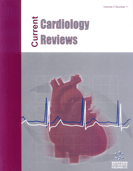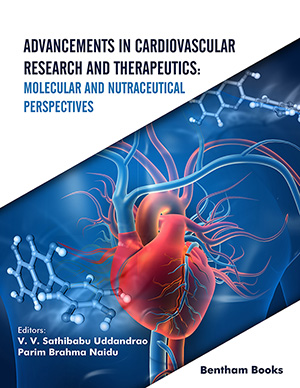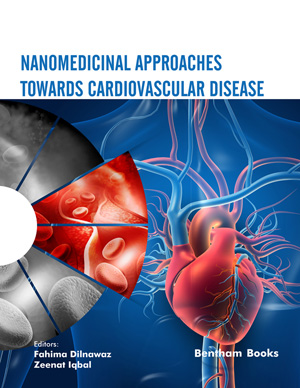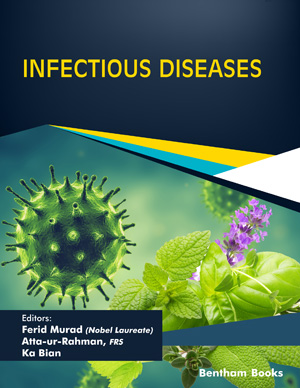Abstract
Cardiovascular disease continues to be a major health problem. Tremendous efforts have been invested in clinical and laboratory research in the hopes of decreasing the risk of patients with cardiovascular disease undergoing cardiac and non-cardiac surgeries. A powerful endogenous mechanism of cardioprotection, termed ischemic preconditioning, was reported in a laboratory setting whereby the myocardium can be preconditioned by a brief ischemic episode and protected against a subsequent prolonged ischemic attack. Since this initial observation, several pharmacological agents have been demonstrated to mimic ischemic preconditioning. These include opioids, potassium channel openers such as pinacidil and diazoxide, and adenosine agonists. Recently, volatile anesthetics were found to be powerful cardiac preconditioning agents. Infarct size reduction as the result of anesthetic-induced preconditioning paralleled that of ischemic preconditioning. The use of volatile anesthetics as preconditioning agents in high-risk patients undergoing cardiac and non-cardiac surgeries can potentially result in the reduction of morbidity and disability in this class of patients. However, to fully realize the potential use of this novel property of volatile anesthetics, the underlying mechanism of anesthetic-induced preconditioning would need to be elucidated. This review highlights the major recent findings on the cardioprotective effects of volatile anesthetics.
Keywords: ischemic preconditioning, volatile anesthetics, cardioprotection, katp channels
 4
4













